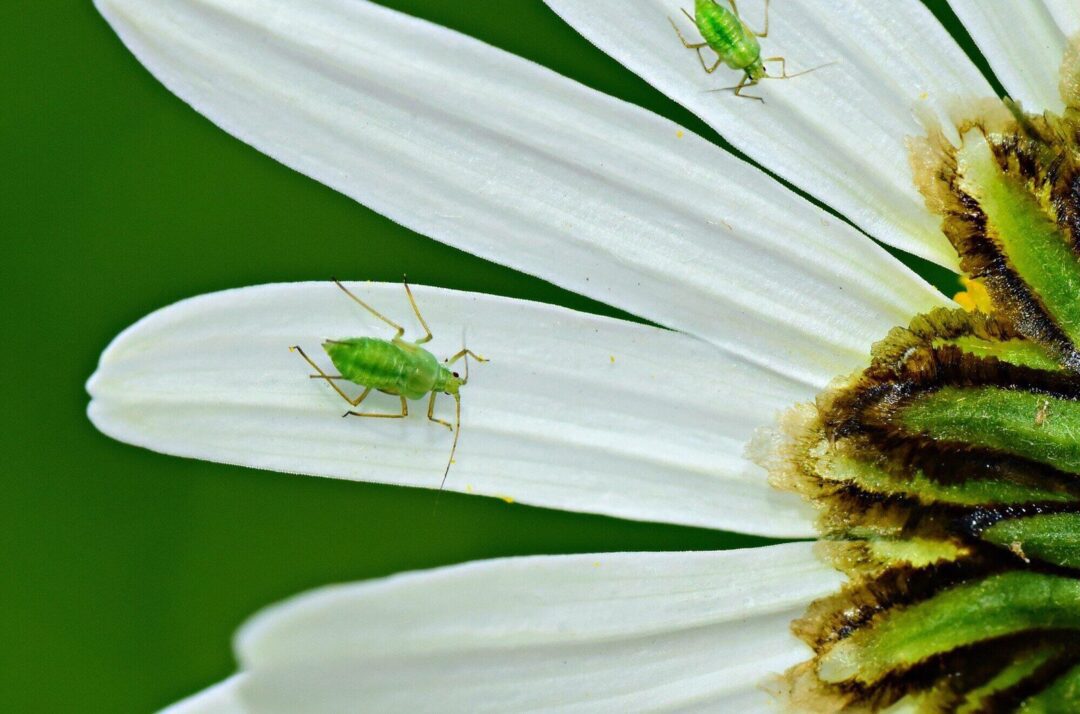Pests in your home can be a significant concern, causing not only frustration but also potential health risks and damage to your property. Recognizing the common types of pests that invade homes is essential for taking proactive measures. You can act to prevent infestations and protect your living space by learning about these unwanted visitors.
Being informed about pest behavior is crucial for creating an effective management plan. This allows you to implement targeted prevention strategies. Understanding how pests operate can empower you to take control and minimize their impact.
For more in-depth insights and tips, be sure to read the full article!
Ants: The Everyday Intruder
Ants are among the most common types of pests found in households. With thousands of species worldwide, they often invade kitchens in search of food.
Common varieties include the carpenter ant, which is known for causing structural damage. The other type is the odorous house ant, identifiable by its distinct smell when crushed.
To prevent ants from entering your home, seal off entry points by caulking gaps and maintaining a clean environment free of food debris. If you already have an infestation, using bait traps can be an effective solution.
Rodents: Silent but Deadly
Rodents such as mice and rats are another significant concern when it comes to household pests. These creatures reproduce quickly and can carry diseases that affect humans and pets alike. For instance, the Hantavirus, carried by deer mice, can lead to serious respiratory issues.
To deter rodents, it is essential to eliminate potential food sources. Store food in airtight containers, regularly clean up crumbs, and secure garbage cans. Traps and bait stations can effectively control existing infestations. It’s crucial to act swiftly, as one female mouse can produce up to ten litters in a year, resulting in a rapid population surge.
Cockroaches: Resilient Pests
Notorious for their resilience, cockroaches are among the most unwelcome types of pests in a home. They can survive in harsh conditions and are often found in kitchens and bathrooms where food and moisture are abundant. The American cockroach and the German cockroach are particularly common in residential areas.
To manage cockroach populations, keeping your living spaces clean is crucial. Regularly vacuuming and promptly cleaning up food spills can help keep them away from your home. If infested, consider using gel baits and insect sprays designed to eliminate these pests.
Termites: The Silent Destroyers
Termites can cause extensive damage to buildings and wood structures. These pests eat wood, leading to an estimated $5 billion in property damage annually in the United States alone. They are often difficult to detect until significant damage has already occurred.
Start by reducing moisture around your home’s foundation and making sure the drainage system works properly. Regular checks by experts like Chet’s Termite and Pest Management can spot early signs of termites. This can protect your home from costly repairs later on.
Bed Bugs: The Unseen Invaders
Bed bugs are known for sneaking into homes, usually hiding in luggage or used items. These tiny pests feed on human blood and can lead to uncomfortable itching and anxiety.
To avoid bed bugs, check your things after traveling and clean any used furniture before bringing it home. If you think you have bed bugs, heat treatment is one of the best ways to get rid of them because they can’t survive high temperatures.
Spiders: Nature’s Pest Controllers
Most spiders are safe and can help with pests, but some, like the black widow and brown recluse, can be dangerous and their bites can hurt you. Homeowners often mistakenly fear all spiders due to the potential dangers of a few species.
To keep spiders at bay, regular cleaning is key. Remove webs and clutter where they may nest. Keeping windows and doors sealed tight can help stop spiders from getting in.
Flies: The Nuisance Pests
Flies, particularly house flies and fruit flies, are common household nuisances. They are drawn to food sources and can spread diseases by contaminating surfaces. Their quick reproduction cycle makes managing their population crucial.
Keeping food properly stored and cleaning up spills promptly can minimize fly attraction. Using screens on windows and doors can also be an effective barrier against these pests. In cases of heavy infestation, fruit fly traps and household insect sprays can be useful for reducing their numbers.
Common Prevention Measures
Preventing pest infestations requires a mix of good housekeeping and proactive management. One key measure is to seal all entry points; regularly inspect your home for gaps and cracks and fill them to keep pests out. This small step can make a big difference in your pest control efforts.
Maintaining cleanliness is also essential. Make it a habit to dispose of garbage regularly, wash dishes promptly, and keep counters free of food particles. A clean home is less inviting to pests and helps deter them from moving in.
Regular maintenance of your property is crucial, too. Keep your garden tidy and avoid letting plants grow too close to your home. This practice not only improves your home’s appearance but also minimizes hiding spots for pests.
Finally, monitoring for signs of pests is important. Look for droppings, gnaw marks, or other indicators that pests may be present. By being vigilant and implementing these strategies, you can reduce your risk of encountering common pests in your home.
Taking Action Against Different Types of Pests
Dealing with pests in your home is a common problem, but knowing how to recognize and handle them can help create a pest-free space. Know when to turn to professionals for help, particularly for more significant infestations. Taking preventative measures helps mitigate the risks associated with these unwelcome guests.
Your Path to a Pest-Free Home
Understanding the common types of pests is crucial for keeping your home safe and comfortable. By taking preventive steps and spotting signs of trouble early, you can shield your space from various pests. Develop a strong plan and reach out to experts for effective ongoing prevention and management strategies.
Check out our blog for valuable insights and tips!




